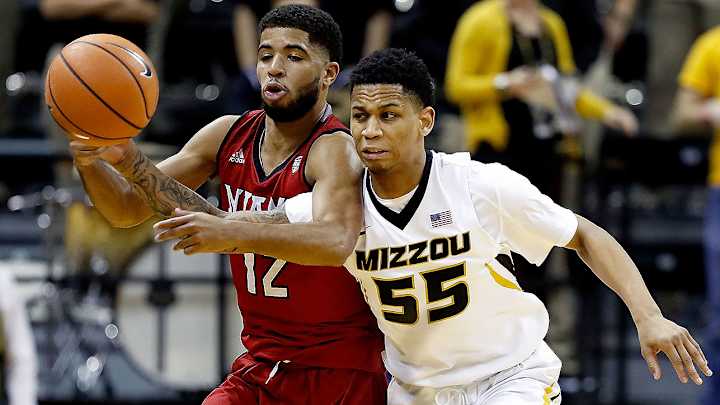Potential Change to Transfer Rule Offers Intriguing Possibilities to College Athletics

Last summer, while reporting on a story about graduate transfers in college football, I discovered something striking: Many of the coaches who agreed to talk to me really wanted to talk. It wasn’t just about graduate students either, but about all transfers across revenue sports. And though it wasn’t particularly relevant to my story, I listened as they allowed their minds to wander to a place where movement could go on uninhabited, without the current requirement that transfers of the non-graduate variety sit out a year at their new schools.
What was most interesting about this jog in the conversation wasn’t the coaches’ thoughts—although most were against such a change—but that they seemed to have such thoughts at all, ideas about what they might do should such a change become reality. I walked away from the reporting believing that changes to the structure of transferring in college football and basketball would be changing sooner than many people imagined.
The beginning of that evolution made news this week, when multiple outlets reported that the NCAA is considering letting players compete immediately after transferring. ESPN’s Matt Schick tweeted Wednesday about the possibility that players would be allowed to transfer once as undergraduates without sitting out a year, in addition to the graduate transfer option. As a result, a player could, in theory, play for three different teams without sitting out a year. Per FanRag Sports, in order to be eligible, players would have to meet a certain GPA threshold, although the NCAA, through a spokeswoman, has refuted that any specific benchmarks have been set.
The news that these changes could even possibly be in the works sent plenty of people into a frenzy, predicting utter chaos across college revenue sports. And that’s not off base; if this is legislated, it just might lead to a wave of transferring willy-nilly. In fact, it probably will—at least for a time. These are teenagers, in many cases, and some of those without measured advice from mentors will absolutely make split-second decisions to walk away from schools they think have slighted them. Problem is, that’s already happening, even within the current parameters.
College Football's Winners and Losers From the 2018 NFL Draft Early Entry Deadline
Look most recently at Missouri point guard Blake Harris, who announced in January that he’d be leaving the team after barely two months in the wake of Michael Porter Jr.’s injury. The freshman attended high schools in three different states before joining the Tigers, a team he picked after backing out of his commitment to the University of Washington alongside Porter. He’s one of many talented young players to pick a transient career over continuity, and this rule change will only make his and others’ lives easier.
The question, then, is how much the change would incentivize other players to jump. Pointing at the worst cases—players who run at the scent of adversity—is an easy way to talk down a change that in its essence gives unpaid college athletes a measure of freedom. The reasons the NCAA gives for the mandatory year on the bench are already flimsy moralizing; the organization cites academic concerns and a need to let players acclimate to their new environments, which rings hollow. Instead, the rule as it stands now keeps movement at a minimum, benefiting coaches and teams over players who feel they aren’t getting what they signed up for. In many cases, that’s a valid concern, and they’re powerless to make a better path.
The best-case scenario for this change would be that it allows those players a path toward maximizing their potential without sparking mayhem across college basketball and football. The worst case, then, is mayhem, but even it could be a step in the right direction. Should the change, if enacted, lead to sustained, frenzied transferring—a madcap free agency of sorts—college sports would be forced to consider what real free agency looks like. It involves money, and more importantly, contracts. If players are paid, then the rule that they must sit a year after transferring—or, in other words, after breaking a contract—seems less exploitative. Maybe a few years of transfer mayhem would give the argument for paying players the extra clout it needs.
This is all wild speculation, of course, and it’s impossible to predict what ripples this rule change could have if it becomes reality. Coaches might feel less of a pull to stay in college if they’re being recruited to the NFL. Teams might become less unified, or they might feel more so, with every player there because of a choice he’s actively making.
Plenty of politicking remains before this rule would even be enacted. The NCAA’s Division I Council is still looking into amending the rule whereby coaches can block players from being released to talk to other programs, which would mark another shift in the balance of power in the college ranks. That consideration, paired with further amendments to the transfer rules, could be a windfall for players, and if they get the power that comes with that flexibility, they’ll need to use it wisely.
